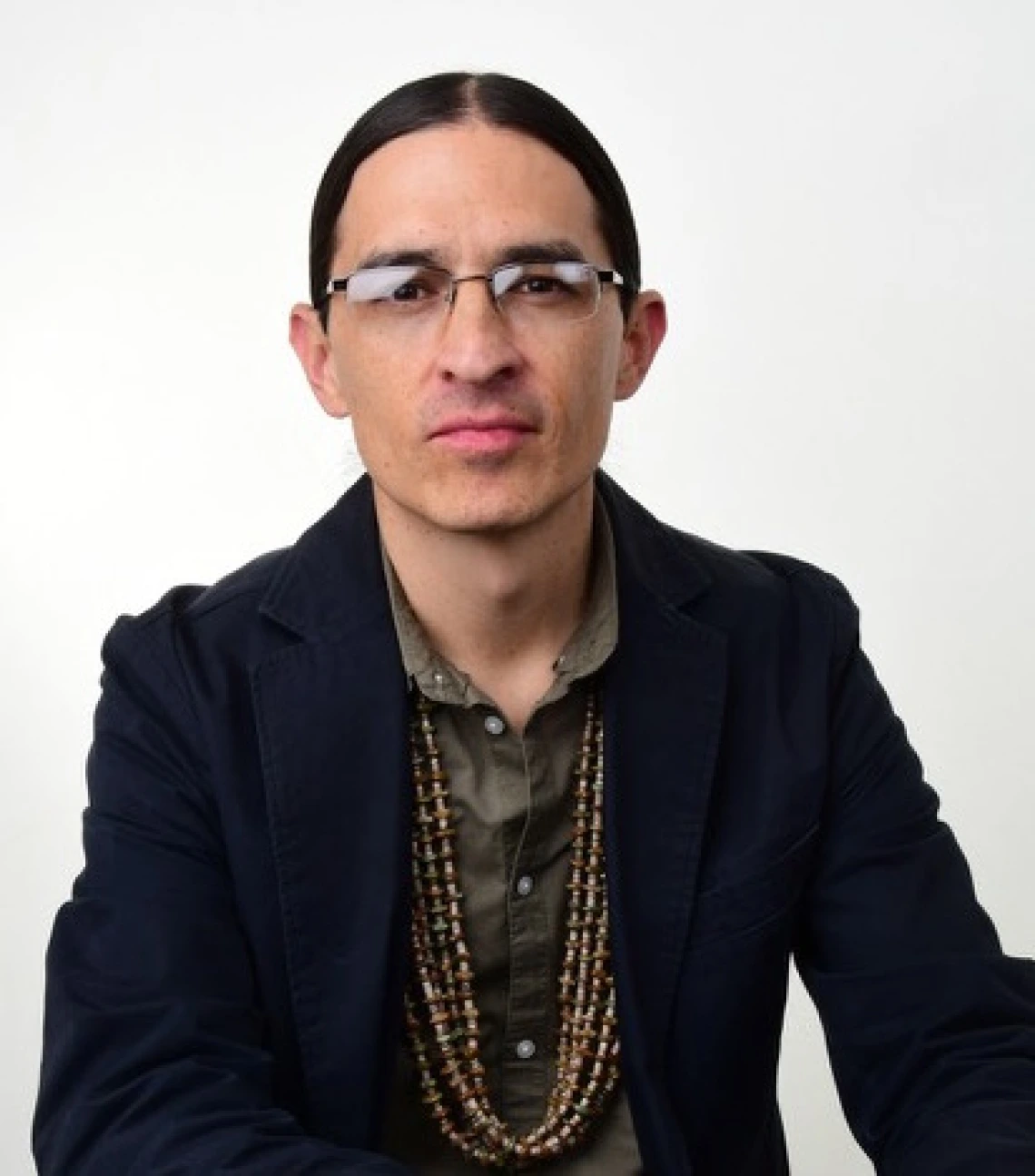Revitalization and Resilience

After spending his early childhood closer to Diné homelands, James McKenzie grew up mostly in Albuquerque, New Mexico. He appreciated his upbringing, “but when I look back,” he says, “there was a void where some part of who I am should’ve been.”
“Like many Indigenous people,” says James, “I didn’t have the opportunity to learn my Indigenous language as a child. And as Diné people, when you grow up without your language— without your culture—you always know that something is missing.”
Since his young adulthood, James has dedicated much of his life to reconnecting to and (re)learning his Diné language and creating opportunities for others to do the same. Now he’s pursuing a Ph.D. at the University of Arizona, focused on Indigenous Language and Culture Maintenance and Revitalization.
“To talk about what language and cultural revitalization is,” says James, “we need to back way up. Indigenous people are in this place where, for years and years and years, the systems of schooling, which have been institutionalized spaces to basically socialize us, to turn us from our own Indigenous ontologies and axiologies—our ways of living in the world and of communicating—take us completely out of that and brainwash us into whatever the mainstream society is.”
“All of those things have been immensely negative for Indigenous peoples. There have been resistances. There has been resilience. But the dominant culture is like a huge wave crashing down on us and, over time, it gets harder and harder to pass language and culture down through the generations. Language and culture revitalization are about giving more life to these ways of being and knowing that sustained us for countless generations—thousands of years. We’re realizing the importance of returning to those ways of being and knowing for our wellbeing.”
Because language and culture are inextricably intertwined, when a person reconnects with one, they illuminate new pathways to reconnecting with the other.
“One of the biggest words that will come up is identity. What does that mean? Well, it’s knowing who we are as a people, it’s self-efficacy, it’s clarity about our roles in life and in the world, purpose, resiliency; all of those things—which to us are very different from the mainstream culture’s definition—are bound up and interrelated with our language and culture.”
One of the ways in which educators like James are creating opportunities for learners to reconnect with and live through their languages and cultures is through Indigenous language immersion schools, in which the majority of learning takes place in the Indigenous language. Countering assimilative agendas that have been systematically enforced on Indigenous learners, in these schools Indigenous languages and ways of knowing and being are privileged, with English often not introduced until students get older.
“They’re building what we might call, in a mainstream sense, curriculum around those ancient ways of knowledge. The folks who are doing this are thinking about the whole life of that child—not just learning these things and passing these tests. They’re thinking about how this teaching and this experience is going to sustain that child well into their old age, and how they’re going to pass that on to the next generation.”
James says that this work is part of a huge project and will take a long, long time, but he’s hopeful for the future.
“My hope is that, on a broader level, I can contribute more understanding, more clarity, more ideas, of both the challenges that we face today and the opportunities available to us to cultivate healing and wellness in our own lives. And I hope I can create resources for people to draw on to create revitalization in their own communities.”

